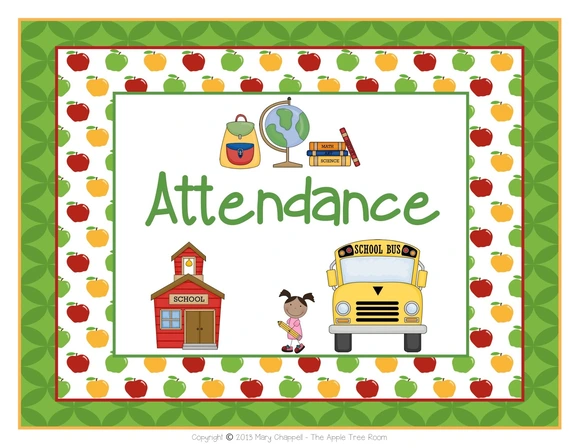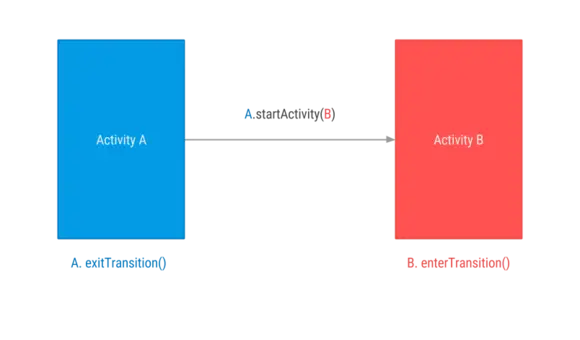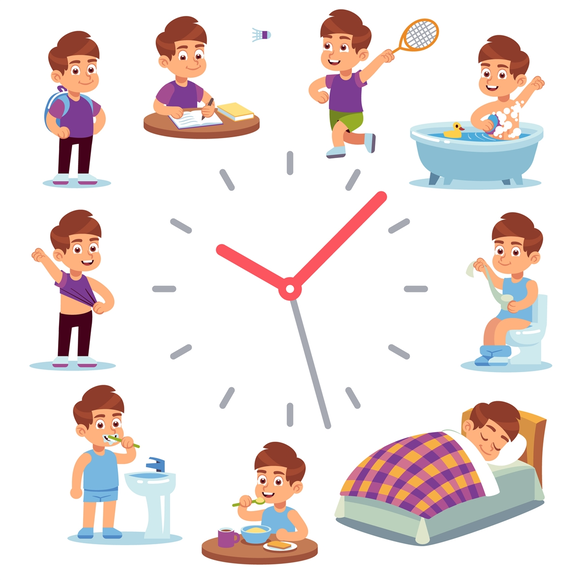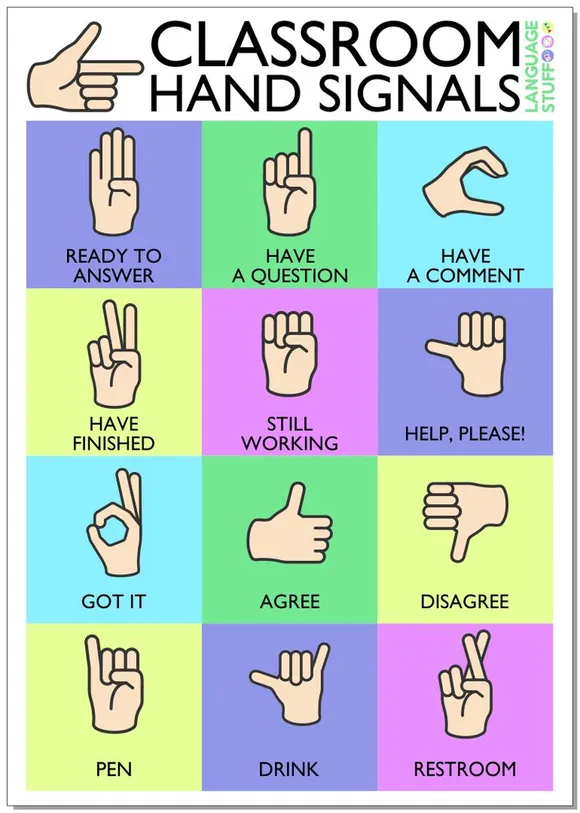
Creating an effective classroom environment is crucial for fostering student engagement, maintaining order, and ensuring productive learning. Classroom procedures and routines are the backbone of such an environment, providing structure and predictability for students and teachers alike. In this blog, we'll delve into the importance of classroom routines, explore various examples, and provide practical tips on how to implement them effectively.
Importance of Classroom Routines
- Predictability and Stability: Routines create a sense of predictability and stability, which can be particularly beneficial for students who thrive on consistency. Knowing what to expect helps students feel secure and reduces anxiety.
- Time Management: Well-established routines save valuable instructional time. When students know the procedures for common classroom tasks, transitions are smoother and more efficient, allowing for more time dedicated to learning.
- Behavior Management: Routines help manage student behavior by setting clear expectations. When students are aware of the procedures and routines, they are less likely to engage in disruptive behavior.
- Responsibility and Independence: Routines encourage students to take responsibility for their actions and develop independence. By consistently following established procedures, students learn to manage their time and tasks effectively.
- Enhanced Learning Environment: A classroom with well-established routines fosters an environment conducive to learning. Students are more focused, engaged, and ready to participate when they understand the structure of their day.
Classroom Routines Examples
1. Morning Routine

A consistent morning routine sets the tone for the day. This might include greeting students at the door, having them hang up their belongings, and beginning with a warm-up activity or bell ringer. This helps students transition smoothly from home to school mode.
2. Attendance and Lunch Count

Designate a specific time and procedure for taking attendance and counting lunch choices. This could be as simple as students moving their name sticks to a designated area or using an electronic system. This routine ensures that these administrative tasks are completed quickly and efficiently.
3. Transition Between Activities

Transitions can be challenging, but having a set routine can make them smoother. Use a consistent signal, such as a bell or a specific hand signal, to indicate when it’s time to move to the next activity. Provide clear instructions and a countdown to help students prepare for the change.
4. Bathroom Breaks

Establish a routine for bathroom breaks to minimize disruptions. This could involve using a sign-out sheet, bathroom passes, or a designated time during the day. Clear rules about bathroom use during instructional time can help maintain order.
5. End-of-Day Routine

A structured end-of-day routine helps students transition out of school mode and prepares them for the next day. This might include packing up, cleaning the classroom, and reflecting on the day’s activities. It’s also a good time to review homework and upcoming events.
Classroom Procedures and Routines
1. Use Hand Signals

Hand signals are a simple yet effective way to manage classroom communication without interrupting instruction. For example, students can use a specific signal to request to use the bathroom, get a drink of water, or ask a question. This non-verbal communication system helps maintain a quiet and orderly classroom environment.
2. Set a Routine for Lining Up
Lining up can be chaotic without a clear procedure. Establish a routine for how students should line up, including where they should stand and how they should behave while waiting. Reinforce positive behavior and practice the routine regularly to ensure students understand the expectations.
3. Set a Timer for Transitions
Using a timer for transitions helps students manage their time and reduces downtime between activities. Clearly communicate how much time students have to complete the transition and provide reminders as the time counts down. This routine fosters a sense of urgency and keeps the class on schedule.
4. Provide Bell Ringers
Bell ringers are short activities that students complete at the beginning of class. They can review previous lessons, introduce new topics, or simply get students settled and focused. Bell ringers provide a consistent start to each class period and maximize instructional time.
5. Share Your Calendar

Keeping a visible and updated classroom calendar helps students stay informed about upcoming events, assignments, and deadlines. Regularly review the calendar with students and encourage them to add important dates to their planners. This routine promotes responsibility and organization.
6. Be Clear About Technology Rules
Incorporate clear technology rules into your classroom routines to ensure students use devices appropriately. Establish guidelines for when and how technology should be used, and consistently enforce these rules. This helps prevent distractions and keeps students focused on their learning.
7. Date-Stamp Students Work
Date-stamping students’ work is a simple yet effective way to track assignments and monitor progress. This routine helps students stay organized and ensures that work is completed on time. It also provides a clear record for both students and teachers.
8. Use a Classroom Management System
A classroom management system, whether digital or physical, can help streamline procedures and routines. Systems like Class Connect Pro, or traditional charts and logs can track behavior, assignments, and communication. These tools provide structure and support for both students and teachers.
Conclusion
Implementing effective classroom procedures and routines is essential for creating a productive and positive learning environment. These routines provide stability, save time, manage behavior, and foster independence among students. By consistently reinforcing these routines, teachers can create a classroom atmosphere where students feel secure, focused, and ready to learn.
As you reflect on the routines and procedures in your classroom, consider how you might refine or introduce new ones to enhance the learning experience. Start small, be consistent, and involve your students in the process to ensure buy-in and success. Remember, the key to effective classroom management lies in the details of your routines and the consistency with which you implement them.